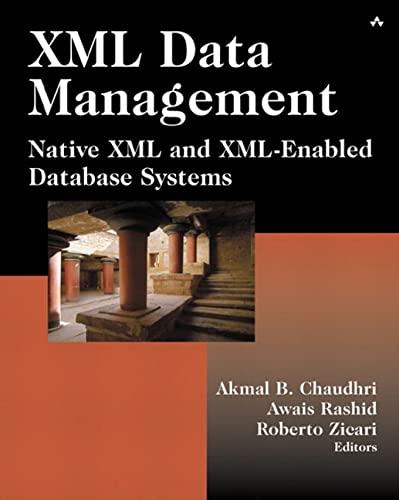Question
Cracking a password can involve different schemes, which involve several different approaches and strategies. This usually includes database access with protected passwords. Serval classic approaches
Cracking a password can involve different schemes, which involve several different approaches and strategies. This usually includes database access with protected passwords. Serval classic approaches include data dictionary, brute-force, and rainbow attacks. Although there are numerous tools such as Hextools and Hashcat, your job is to come up with strategy that is based on a (subset) of industry-related software deliverables that address this security breach. Use the following parameters to guide you:
- A Conceptual Approach that should include a Problem Domain Statament (e.g. Government Security domain) and the associated Requirements.
- Design Part1, which should include a Visual Representation Diagram such as UML, Use-Case, Logic Flow Diagram, or other pictorial view.
- Design Part2, which should include Pseudo- Code and your Algorithmic Process (i.e. algorithm). These can be combined.
- Implementation: Optional. Can include code snipt(s) such as Java, Python, JavaScript, etc., examples.
Your solution should also utilize a classic area of research and deployment: user authentication via keystroke recognition. Consider the following patterns:
- Key-up/Key-down: The time it takes to release one key vs the press of the next one.
- Key-down/Key-up: The overall time it takes to release the key pressure of the next consecutive key where the use of a two simultaneous key pattern can occur such as double ASCII (or Unicode) code is entered or two or more devices (independent standalone CPUs).
- Wait-period: The time that it takes to press and release from one key to another, but has a longer period of time when compared to 1 or 2 (i.e. user/software may be waiting to complete or guess at a password w.r.t. a hash/technique).
Assumption 1: Password attempt must exactly match (stored) user password with respect to ASCII key code.
Assumption 2: There does not exist a software hack that can defeat this problem.
P-Code Example of Key Stroke Time Interval:
//determine the key time period with respect to a temporal interval threshold timeInterVal := If ((Key_Up.miliSecMethod() && Key_down.miliSecMethod()) > .01)
{
Trigger := alarmMessage()
}
Step by Step Solution
There are 3 Steps involved in it
Step: 1

Get Instant Access to Expert-Tailored Solutions
See step-by-step solutions with expert insights and AI powered tools for academic success
Step: 2

Step: 3

Ace Your Homework with AI
Get the answers you need in no time with our AI-driven, step-by-step assistance
Get Started


